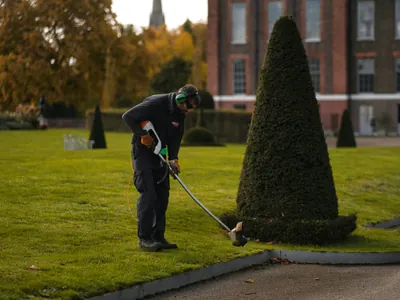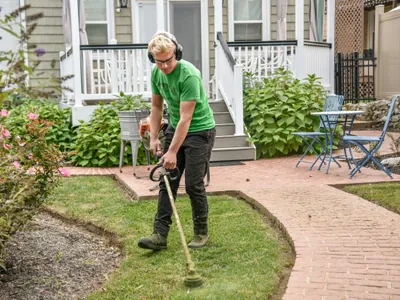Lawn Fertilization: Timing and Application

Fertilizing is a key component of a lush, healthy lawn, providing the essential nutrients that grass needs to thrive, resist disease, and crowd out weeds. However, applying fertilizer isn't as simple as just throwing it on the grass. The type of fertilizer, the timing of the application, and the method you use are all critical for success.
📊 Understanding N-P-K
Every bag of fertilizer has three numbers on it, like 10-10-10 or 24-0-6. This is the N-P-K ratio.
📅 When to Fertilize Your Lawn
The best time to fertilize is during the grass's active growing season. This depends on your grass type.
🌿 Cool-Season Grasses
(e.g., Fescue, Kentucky Bluegrass) The most important time to fertilize is in the early fall. This promotes strong root growth for the winter. A secondary feeding can be done in the spring.
☀️ Warm-Season Grasses
(e.g., Bermuda, Zoysia) Fertilize these grasses from late spring through late summer, during their peak growing period. Do not fertilize them in the fall.
🔧 How to Apply Fertilizer Correctly
Even application is key to avoiding stripes and burn spots.
Always use a broadcast or drop spreader to apply granular fertilizer. Never spread it by hand. Read the bag to determine the correct spreader setting for your lawn size.
A proper fertilization schedule is the secret to a golf-course-quality lawn. For a customized lawn care program tailored to your specific grass type and soil needs, contact The Box Advantage Group. Our groundskeeping professionals provide expert fertilization and weed control services.


